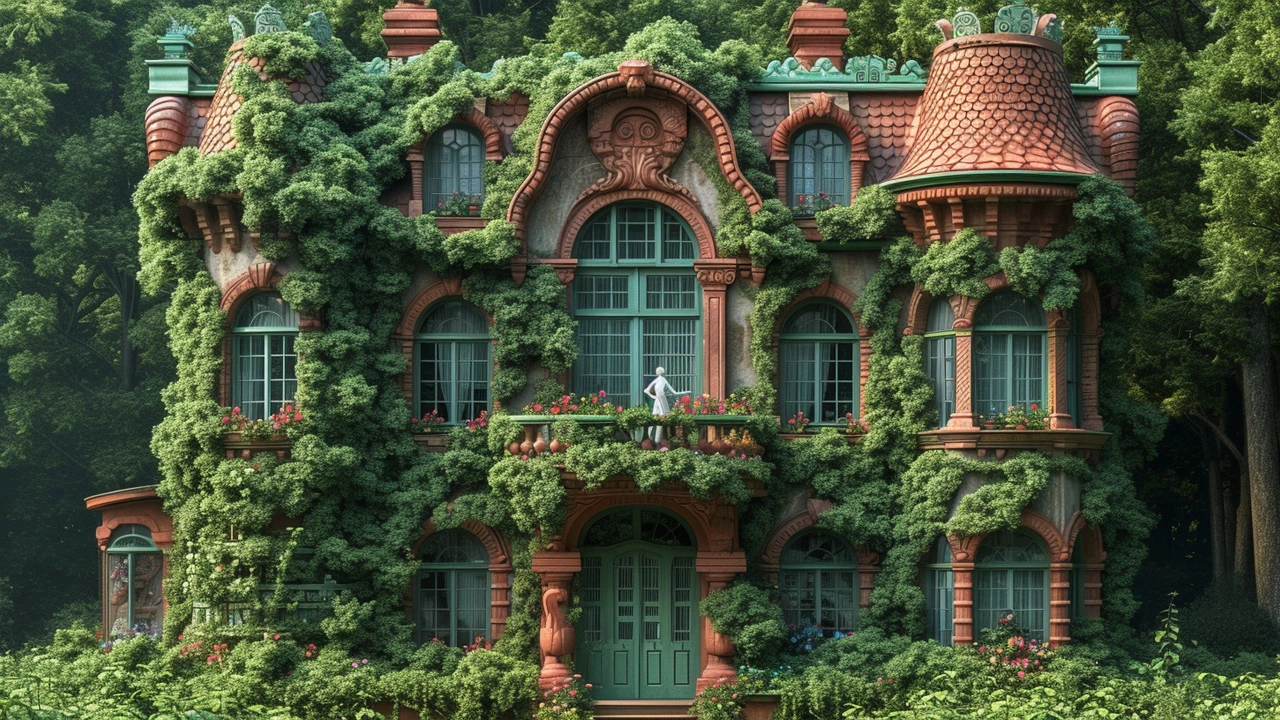Historical Architectural Designs: A Practical Guide
Historical architectural designs shape how cities look and how we live. This guide helps you spot styles, understand key features, and use history in real projects. No fluff—just clear tips and examples you can use when visiting, renovating, or studying buildings.
Quick style ID: what to look for
Start with three visual clues: roof, openings, and ornament. Roman and Romanesque buildings favor rounded arches and thick stone walls. Gothic and Gothic Revival use pointed arches, ribbed vaults, and tall windows with tracery. Byzantine buildings show big central domes and colorful mosaics. Greek Revival and Neoclassical rely on columns, pediments, and strict symmetry. Baroque and Rococo bring dramatic curves, bold ornament, and rich interiors. Craftsman and Colonial styles focus on simpler forms, local materials, and human-scale proportions.
Materials tell stories. Stone and heavy masonry usually mean older construction or revival styles. Timber framing and clapboard siding point to vernacular colonial or Craftsman homes. Cast iron, glass, and steel indicate industrial-era changes like Beaux-Arts and early modernist moves.
Use history without copying it
If you're renovating, pick one clear historical reference and adapt it. Match key proportions or a single element—say, a Greek columned porch or a Craftsman porch—while keeping modern systems hidden. That keeps character without creating a fake pastiche. For new builds, borrow scale, rhythm, or materials rather than literal copies. A modern house with a row of evenly spaced windows and a simple cornice can nod to Georgian or Colonial forms without pretending to be old.
Preservation is practical, not precious. Check paint layers, original joinery, and masonry conditions before you change anything. Older buildings often hide useful tech: solid timber beams, thick walls for thermal mass, and clever passive cooling. Use those features to improve comfort instead of stripping them out.
When researching, start local. Town archives, historic district reports, and old maps give clear clues about when and why certain styles arrived. For travel, focus on one era per trip—Rome for Roman and Renaissance, Istanbul for Byzantine, Paris for Beaux-Arts and Art Nouveau. That makes patterns easier to see and remember.
Want to learn fast? Walk around neighborhoods at different scales: look close for details like cornice profiles and window mouldings, then step back to read the overall form and street rhythm. Photograph details and compare them with quick notes. Over time you’ll build a visual library you can use on projects or tours.
Macklowe Art & Architecture collects useful articles on many of these styles, from Byzantine domes to American Craftsman homes. Use those posts as short guides that match what you see in the field. Historical architectural designs are less about copying and more about reading buildings—once you know how to read them, they teach you things you can't get from a textbook.
Try visiting local preservation projects and talking to owners or architects. Small interviews reveal choice details, like why a window was moved or which mortar mix works best. Those stories make designs easier to copy wisely.

Art Nouveau Architecture: A Tribute to Artistic Genius
As a passionate design aficionado, I’ve spent countless blissful moments celebrating the beauty and genius of Art Nouveau Architecture. This post is a tribute to the creative minds who used their artistic genius to craft buildings that are not just structures, but picturesque works of art. Get ready to journey through time as I explore some of the most notable architects and their contributions to the iconic era of Art Nouveau. Together, let's appreciate the innovation and intricate details of these architectural masterpieces that continue to captivate us today.
Read more